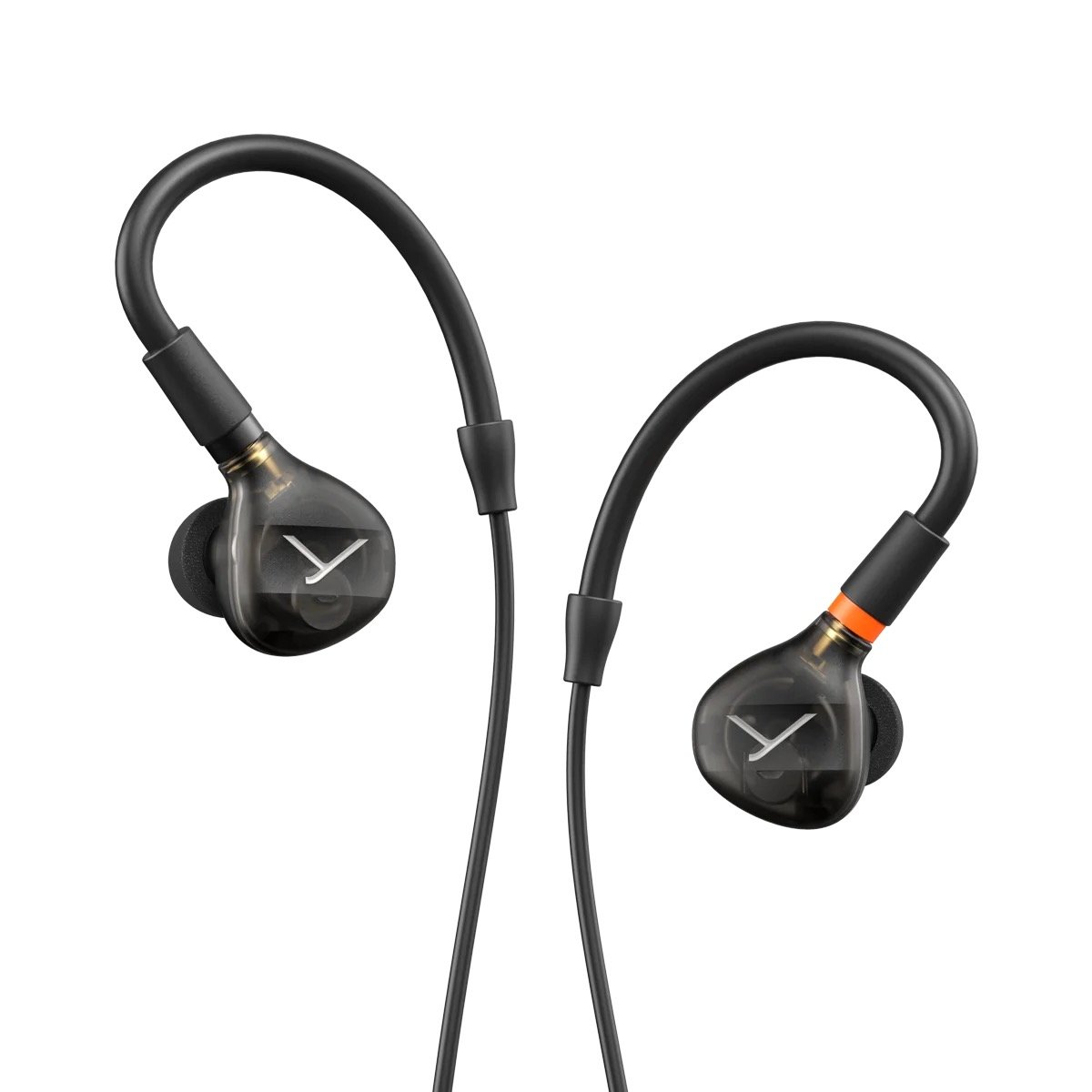Beyerdynamic DT 70 IE Review
Beyerdynamic DT 70 IE: Precision In-Ear Monitors for Studio and Stage
You need in-ear monitors that deliver crystal-clear audio, block out distractions, and feel comfortable for hours. Enter the Beyerdynamic DT 70 IE, a flagship model from Beyerdynamic’s first-ever IEM range, launched at NAMM 2025. Priced at $499.99, these in-ear monitors are tailored for sound engineers and producers who demand precision, with a sound signature that’s both analytical and musical. Handcrafted in Germany with Beyerdynamic’s cutting-edge TESLA.11 driver, the DT 70 IE is built to elevate your mixing, monitoring, and listening experience. Let’s explore why this IEM is a game-changer for studio pros and music lovers alike.
Beyerdynamic’s Legacy Meets In-Ear Innovation
Beyerdynamic, a brand with nearly a century of audio expertise, is renowned for studio headphones like the DT 770 Pro and DT 1990 Pro. The DT 70 IE marks their bold entry into in-ear monitors, part of a quartet (DT 70 IE, DT 71 IE, DT 72 IE, DT 73 IE) designed for specific use cases. The DT 70 IE stands out as the mixing and critical listening model, engineered for sound engineers, producers, and audiophiles who need uncolored, precise audio. Its compact design, inspired by the sleek Xelento series, uses data from hundreds of MRI ear scans to ensure a universal fit that’s both comfortable and secure.
The heart of the DT 70 IE is the TESLA.11 dynamic driver, a handcrafted, 11mm moving-coil system that outperforms many balanced-armature IEMs. With a 0.02% Total Harmonic Distortion (THD) and a maximum SPL of 137dB, it delivers powerful, low-distortion sound with exceptional impulse fidelity. Unlike multi-driver setups that can introduce crossover artifacts, the single TESLA.11 driver ensures a cohesive, natural sound. The 16-ohm impedance makes it easy to drive from any source—laptop, phone, or high-end DAC—while IP68 dust and water resistance adds durability for demanding studio or live environments.
Sonic Excellence: Balanced and Immersive
The DT 70 IE’s sound signature is physiologically linear, adhering to the Fletcher-Munson curve to ensure balanced low and high frequencies at any volume. This makes it ideal for evaluating mixes, spotting subtle details, or enjoying music with audiophile-grade clarity. Major HiFi’s review praises its expansive soundstage, noting “an extra layer of dimension” with “excellent spatial imaging” that feels immersive for an in-ear monitor. The bass is tight, articulate, and warm, avoiding artificial boost for a natural, controlled low-end that’s perfect for mix referencing. Mids are clear and detailed, ideal for analyzing vocals or midrange-heavy instruments, while the treble is crisp and extended, with a “shimmering” quality that highlights cymbals and bells without harshness.
Audio46’s comparison with the Sennheiser IE 600 ($899.95) highlights the DT 70 IE’s strengths. While the IE 600 offers hyper-detailed treble, the DT 70 IE’s smoother, more musical highs make it less fatiguing for long sessions, though slightly less revealing for catching digital artifacts. The DT 70 IE’s stereo imaging is a standout, with precise left-right separation and surprising depth, making it a top choice for mix engineers needing to place elements in a stereo field. Sound on Sound notes its ability to “reproduce acoustic events with precision,” making it a reliable tool for live sound and studio work.
However, some critiques exist. A post on X mentions “weak sub-bass” and “overcorrected midbass” that can feel muddy, suggesting the tuning might not suit bass-heavy genres like EDM or hip-hop. These are subjective preferences, and for critical listening, the DT 70 IE’s neutral profile is a feature, not a flaw.
Design and Comfort: Built for Pros
The DT 70 IE’s ergonomic design is compact and lightweight, avoiding the bulk of multi-driver IEMs. It includes five silicone ear tips (XS to XL) and three Comply™ memory foam tips for a custom-like fit, ensuring comfort during long mixing sessions or live performances. The -39dB passive sound isolation is among the best in its class, blocking out noisy stage environments or studio chatter, protecting your hearing while keeping your focus on the sound. The detachable 1.4m cable with a gold-plated MMCX connector minimizes structure-borne noise and ensures durability, with a 3.5mm to 6.35mm adapter for studio setups.
Mixdown Mag’s review highlights the immediate effectiveness of the Comply tips, noting how they “mute ambient sound” for focused listening. The IP68 rating means the DT 70 IE can handle sweat, dust, or even a spilled coffee, making it a rugged choice for touring engineers or mobile producers. The only downside? The similar design across the DT IE series can make it hard to distinguish models without labeled boxes, and the faceplate is prone to scratches, per X posts.
Who’s It For?
Priced at $499.99 (available Q2 2025), the DT 70 IE is a premium yet accessible option for sound engineers, producers, composers, and audiophiles. It’s perfect for mixing live or in the studio, critical listening for mastering, or enjoying high-fidelity music on the go. Compared to the Sennheiser IE 600, it offers similar reference-grade performance at a lower price, with a more musical treble. While the DT 71 IE (for bass/drums) or DT 72 IE (for guitar/vocals) cater to specific instruments, the DT 70 IE’s neutral tuning makes it the most versatile of the series for professional and casual use.
Why the DT 70 IE Shines
As a producer, I know the difference a great monitor can make when you’re chasing a perfect mix. The Beyerdynamic DT 70 IE delivers the precision and clarity you need to make critical decisions, wrapped in a comfortable, durable package. Its TESLA.11 driver brings studio-grade sound to your ears, whether you’re tweaking EQs in the control room or monitoring a live set. The balanced soundstage, robust build, and thoughtful accessories make it a tool you’ll reach for again and again. If you’re ready to hear your music with uncompromising detail, the DT 70 IE is your new go-to. Plug in, lock in, and create with confidence.


